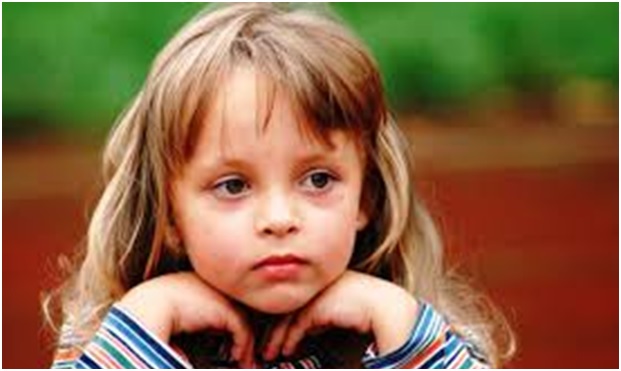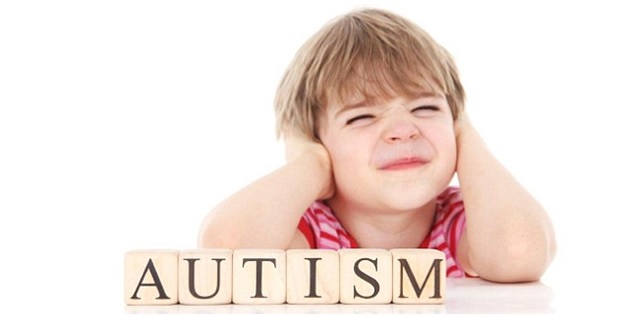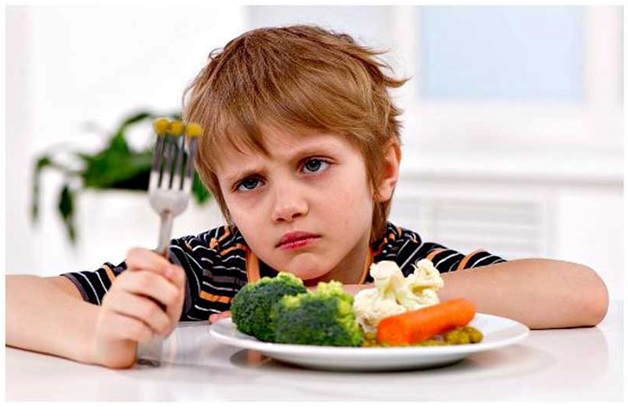
Mental disorders are common in children of all ages. But in most cases, parents are not able to identify them. A number of children suffer from mental disorders, which can be cured by medicines. But, they don’t get the proper treatment. Parents need to understand the signs of mental disorders in their children to treat them at the right time.
Children can develop any of the mental disorders which include depression, anxiety, hyperactivity and mood disorders. This post explains some common mental disorders that occur in children and needs proper treatment to cure them.
Anxiety disorders
Anxiety disorders are the most common type of mental illnesses found in children. Such mental diseases interfere with their day to day activities, and in most cases, children are not able to explain their problems. A little depression or mood swings occur as a part of the metal and physical development of children. However, extreme levels of anxiety can hamper the normal activities of a child, such as poor performance in studies, boredom, headaches and sleeping disorders.
Attention-deficit/ hyperactivity disorder (ADHD)
As the name suggests, ADHD is the disorder related to lack of attention and hyperactivity. Children who have ADHD are not able to concentrate on anything and are extremely active in some activities. Some children with ADHD are having problems with a single behavior, while others might be suffering from both lack of attention and impulsivity.
ADHD may last over six months, and the child may suffer problems at home, school, and in social situations. Unlike adults, children are not able to describe precisely, how they feel, which makes difficult to detect such disorders. Child counseling may help in identifying ADHD in children.
Conduct disorder
Conduct disorders are some of the largest group of mental disorders in teenagers. It often begins before the teenage, and its symptoms may be violent and socially acceptable. The adolescents suffering from conduct disorders usually have some underlying issues that have been missed or neglected. Some common symptoms of conduct disorders seen in children are being absent from school, stealing things, being cruel to animals and people, using weapons and indulging in fights.
Mood disorders

Children in the age group of 13 to 19 usually suffer from mood disorders such as bipolar disorders, sadness, depressions and mood swings. They suffer from intense emotions and feelings that are generally negative emotions. A child having mood disorders may experience thoughts and feelings that are difficult to manage and control.
Such emotions make it difficult to concentrate on any activity and affect their performance in studies and other activities. Children suffering from mood disorders may need individual counseling and proper medical treatment.
Autism spectrum disorder (ASD)

Autism spectrum disorder is a developmental disorder in infants that affects their ability of interaction and communication with others. The disease usually develops in children in the age group of 6 months to 3 years. Children with ASD are restricted in their interests and repetitive in their behaviors. ASD can affect a child’s ability to perform at work, studies and other areas of life. It can be a lifelong disorder, but it can be cured with proper care and medical treatment.
Schizophrenia
This is a psychological disorder that affects the mind of a child, and he or she loses touch with reality. Schizophrenia occurs in the adolescents in the age group of 18 to 30 years. People suffering from this disorder find it difficult to distinguish fantasy from the reality. Contrary to the common perception, people who have Schizophrenia don’t have split or multiple personalities, and they don’t harm others. However, they need professional counseling services to cure the chronic disorder as medical treatment is not much helpful in such cases.
Eating disorders

The children suffering from eating disorders are usually focused on food and weight. They find it difficult to focus on any other thing and are anxious about their weight. Some common examples of eating disorders are bulimia nervosa, anorexia nervosa and binge eating disorders. They place a great stress on a person’s physical body in every age. The stress caused by eating disorders is more vital in teenagers as their bodies are in the development stage. Usually, parents are not able to distinguish the eating disorders from common food behaviors like picky eating and fussiness.
Final words
Some mental disorders are common in children and they disappear as a child enters into the adult age. However, some disorders are chronic and require relevant treatment and counseling. Mental disorders can be treated by understanding the symptoms and factors that cause problems in children.
Individual counseling services and therapy can treat some disorders, but some require medical treatment. The most critical point in the treatment of mental disorders is that they should be diagnosed at the right time to start the treatment.
